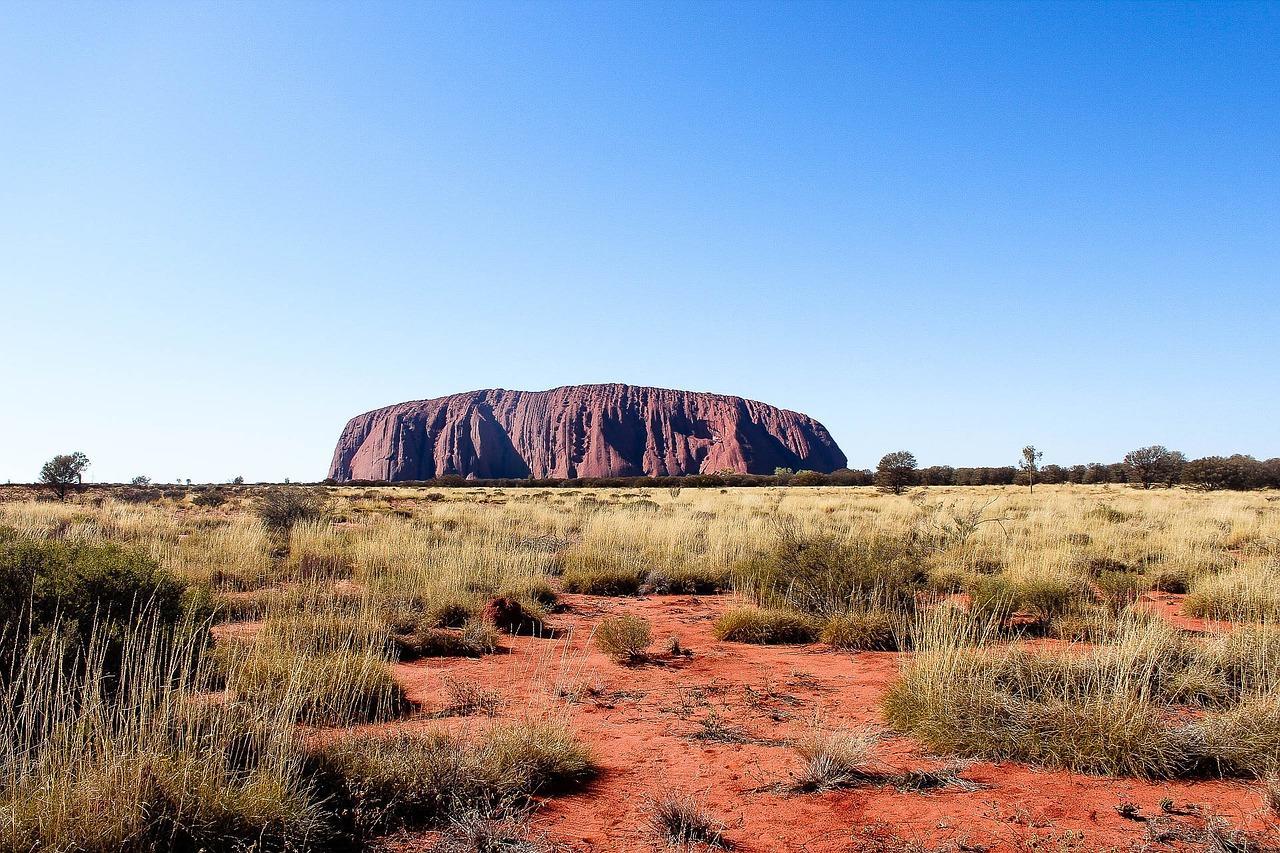In recent years, the term ‘aboriginal’, which had been used to describe the indigenous peoples of Australia, has come to viewed as being demeaning and racist.
In truth, the word is actually fit for use as long as the first letter is not capitalised, since it means ‘original inhabitant’ in Latin.
A good reason, not to use the word, is that the indigenous people of Australia have diverse histories, languages and cultures. Today, there are many folk who subscribe to the notion that to describe these varied groups, under such a term, does them a great disservice.
Notwithstanding, we are ready to take up the cudgels and face the challenge head-on.
Join us, as we dive in …
Want to give private lessons?
Join the Superprof community and share your knowledge with inquiring and motivated students.
The Migration of Australia’s First Peoples
To establish a history of the first Australians is a real challenge, since until Europeans arrived on the continent, there were only oral histories – no written records!
Thus, archaeologists have relied on several tools – luminescence and radiocarbon dating, as well as DNA testing – as a way to establish a rough idea of past events.
The latter form of testing, which was conducted on human remains discovered in the dry bed of Lake Mungo, dates human activity on this island continent back to 65 000 years ago.
There are also remains, uncovered in Victoria, that suggest a different branch of the hominid ancestry, as indicate by very large teeth and thick brow ridges.
The difference between the species discovered suggests that there were several migrations into Australia. This is still a topic of hot debate!
In spite of these and other indicators, the current school of thought is that a single migratory event took place about 64 000 and 75 000 years ago.
Even so, these questions remain:
How did these people travel to Australia? Did they island-hop there, build boats or walk across the Arafura Sea over a land bridge?
Walking may have been possible, since sea-levels were about 100 metres lower at that time. However, what is very likely is that they were the first seafarers ever!
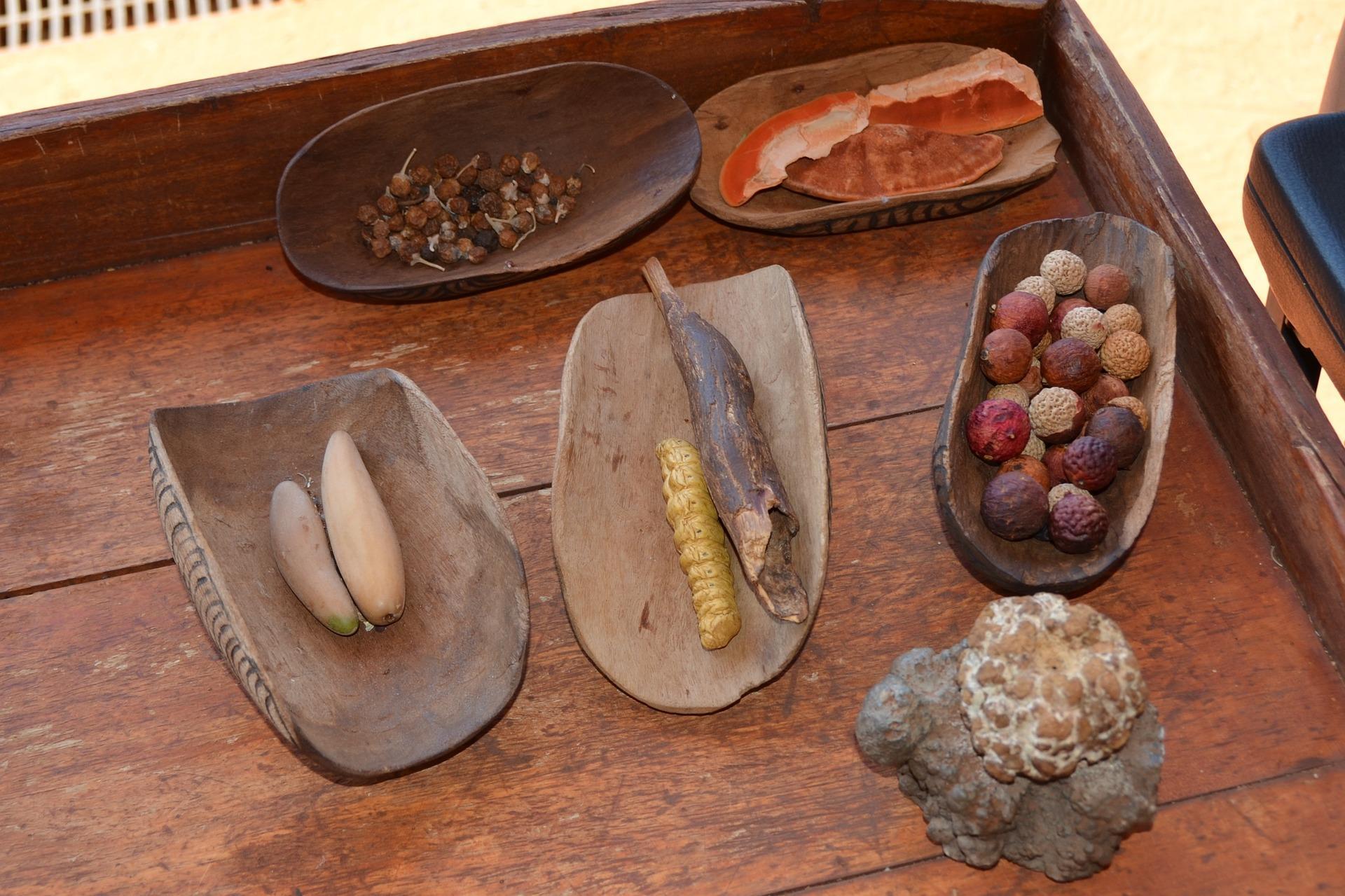
Once settled, the ‘first people’ of Australia became a remarkable culture – not so much because of their evolution, but, it would appear, because of their lack thereof.
The Indigenous People of Australia
Today, native Australians are recognised as having belonged to two main groups: Torres Strait Islanders and Australian natives.
Although they share certain cultural features or elements, these major groups are each unique.
While there are, possibly, more than 500 of these groups, here we mention some of the most prominent:
- The Anangu in northern South Australia
- The Arrernte in Central Australia
- The Goori in Southeast Queensland
- The Koori in New South Wales and Victoria
- The Murrawarri people: New South Wales/Queensland region
- The Ngunnawal of the Australian Capital Territory
- The Nyungar in southern Western Australia
- The Palawah in Tasmania
- The Tiwi on the Tiwi Islands
These tribes all lived a nomadic lifestyle and, as they were hunter-gathers had no crops to care for or defend. They were, however, sensitive about encroaching on one another’s hunting-grounds and such missteps would often lead to conflict.
Revenge killings were sometimes carried out and, as is often the case when there is conflict, the women and children bore the brunt of it, even suffering at the hands of their own tribe.
So, what was life like before Europeans arrived?
Want to give private lessons?
Join the Superprof community and share your knowledge with inquiring and motivated students.
Life of the Indigenous Australians
When the first incursion of Europeans occurred in 1788, Australian natives were still making use of stone tools.
Also, since their lifestyle was semi-nomadic, they hunted and gathered berries and the like and only engaged in farming once the settlers had taken over large tracts of arable land. For thousands of years, these people had lived in harmony with the land, their gods and beliefs.
Government
They ascribed no hierarchy to their spirits and deities, as they deemed each one as important and powerful. They also tried to replicate this in their day-to-day living by not instituting any social hierarchy.
Elders and healers, with their deep spirituality and long-life experience, were held in high regard for these qualities and not because they had been selected to lead.
Further, the status of a leader was purely conditional, since another leader may be decided upon, if he offered a more effective solution to a particular concern or problem.
Women also held leadership positions, but only presided over matters which pertained to women.
Governance was not of significance to them until the British came along, and insisted that the native Australians appoint a delegate to be available to talk to them. Without realising it, the Brits had actually created hierarchies within the indigenous tribes.
Religious Beliefs
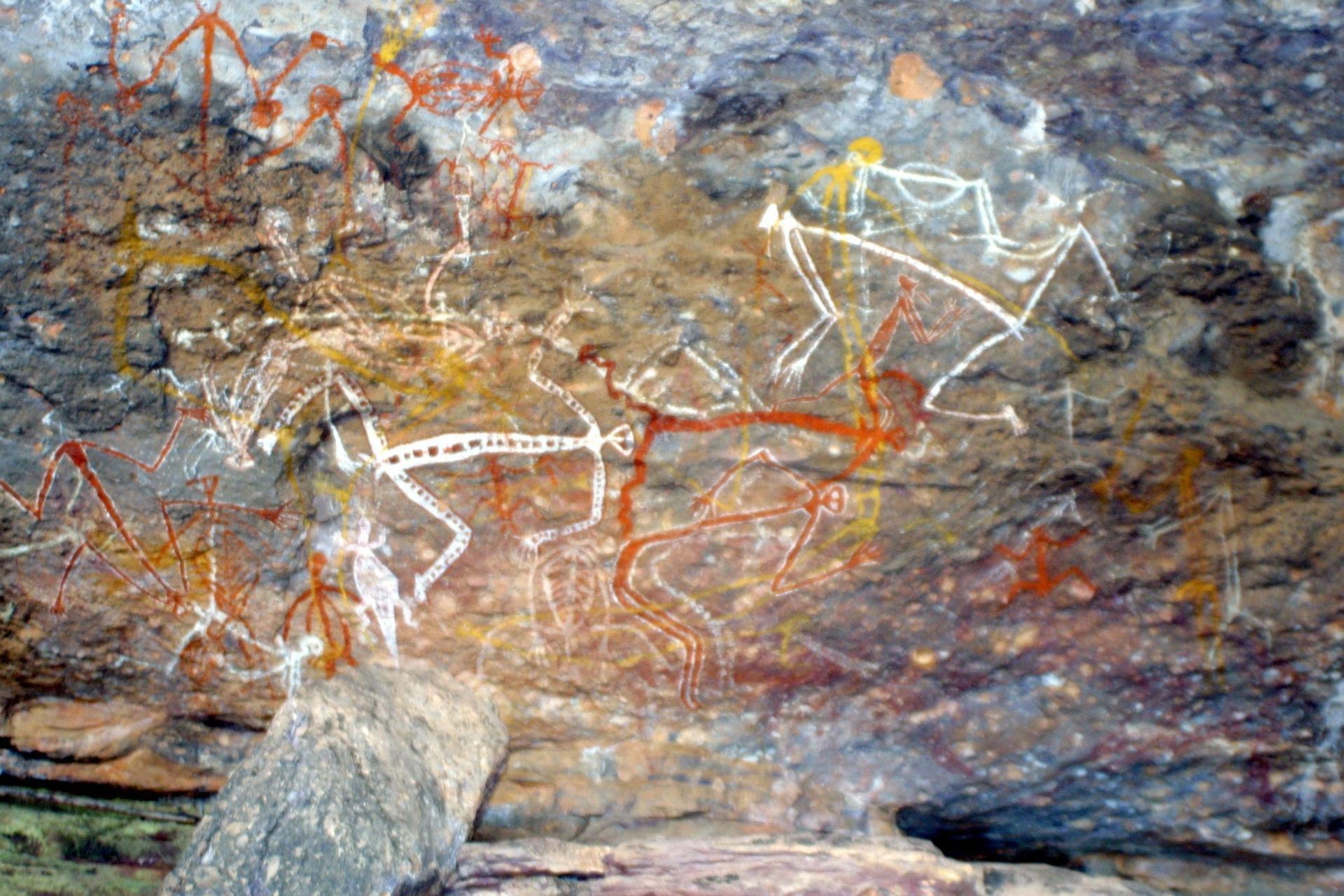
Each tribe had its own belief system, oral traditions and spiritual values. The common theme among them was respect for the land and the importance of The Dreamtime, which relates both to the creation of the land, as well as the phase of sleep when people experience dreams.
While the creation myth asserts that native Australians rose out of the land and travelled across it, naming animals and plants as they went, they believed in a remarkable equality between living things and the land.
The ultimate Creator, the Rainbow Serpent; resides in a permanent water-hole, below the land. Legend has it that the serpent moved beneath the land, creating gorges and mountains.
The Serpent controlled all the of the water and wherever it emerged, there would be a body of water.
The Sky Father is called Baiame and he is the creator of the beasts, the land and the trees. He, also, provided people with their traditions, laws of life and their songs.
He is also credited with having fashioned the first bora, a location where the initiation of boys into manhood took place.
Women are not allowed to see any images of Baiame or come close to any of these sacred sites.
The tribes of the Australian natives had various deities and beliefs, so, it would be difficult to touch on all of the them in this article. However, we will briefly take a look at their most venerated creation symbols.
Most Important Ceremonies
The indigenous people of Australia observed many rituals, holding ceremonies when needed.
For example, fire-stick farming was seen as a good land-use practice, as people felt that it was their responsibility to care for the natural environment.
There were also a number of other ceremonies, including:
Male Initiation
It is quite a lengthy process for a young male to reach adulthood. First, he has to engage in a walkabout: the young man would have to leave his tribe for several months and fend for himself out in the wilderness.
Upon his return, the bora would follow. During his stay out in the wild, the young man may have endured physical ordeals, such as circumcision, scarification and tooth loss.
During his walkabout, he would have been informed of his tribe’s religious visions and legends. After this somewhat solemn occasion, some groups end the process with a feast.
This rite was solely reserved for males.
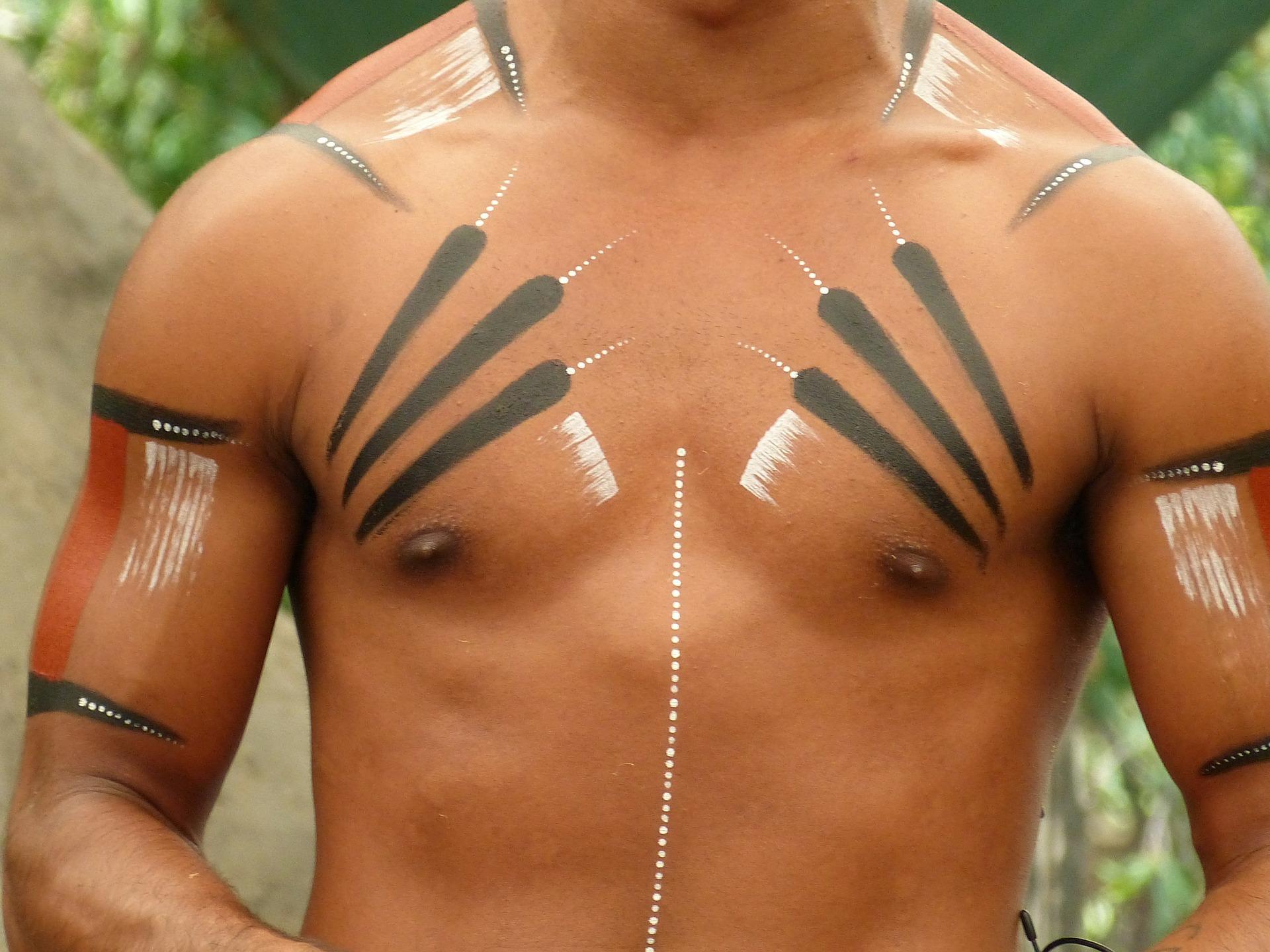
The Smoking Ceremony
After the initiation ceremony or after the birth of a child, members of the group would cause several plants to smoulder. This would produce a smoke which was believed to ward off evil spirits and to have cleansing properties.
This term is actually the anglicisation of the word ‘caribberie’, which has various connotations for the different groups of indigenous Australians.
At this event people would wear costumes, adornments and paint and they would sing, dance and act out parts of The Dreaming.
Besides some of these events, did they ever have any time for fun?
What Did They Do For Leisure?
They did have activities which involved catching and kicking a ball. This comes from the word the Weiwurung language, Marn Grook, which means ‘game’ or ‘ball’.
This game had a strong resemblance to football. However, up to 100 people may have been engaged at any one time.
In terms of instruments, one of the oldest known to man, the didgeridoo, a long eucalyptus tube without any holes, was blown by a male to produce different sounds.
They also made use of the bull-roarers, clapsticks and gum leaf as musical instruments.
Aboriginal art has been found in various locations across the continent: a geometric style in Central Australia, a complex figurative style in Arnhem Land and a simple figurative style in Queensland. This art has been compared to the discoveries of artwork in the caves in Lascaux, experts believing that this represents the oldest continuing art tradition.
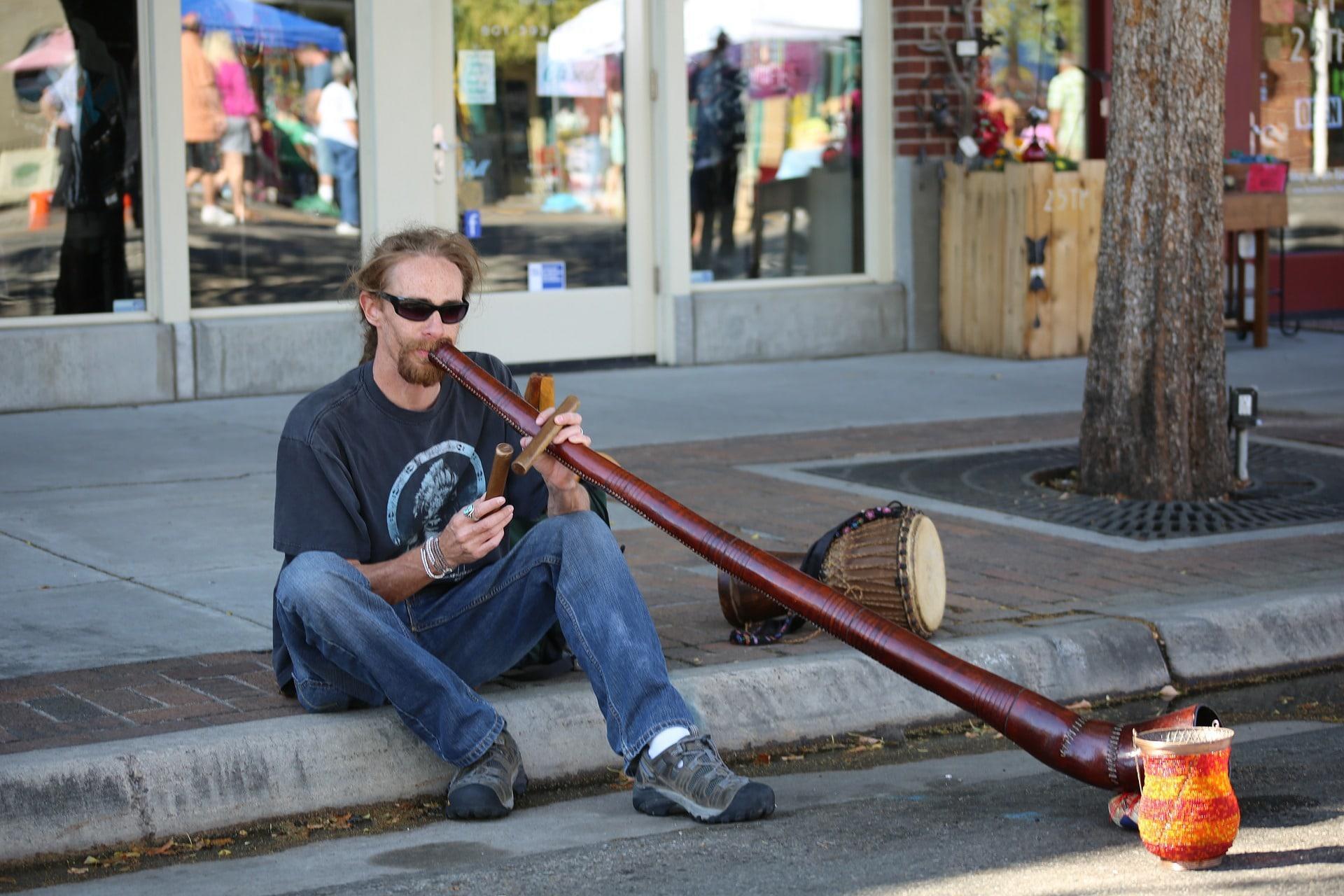
Australian Aboriginal Technology
As Stone Age hunter-gatherers, indigenous Australians did not waste anything, not even women’s hair.
This produced sufficient material for them to make string to tie arrowheads onto spear poles. They also braided hair strands together to produce belts which held tools or held up a loincloth.
They also used hair to make headbands, fishing nets, baskets or supports for a coolaman – a carrying vessel using borne on the head. Tree bark was also put to many uses, from building shelters to the building of canoes.
On top of these, they had devices, which were more advanced, including the boomerang and the message stick – a stick with a message engraved on it and then delivered to another group.
Fire and the Way it Was Used
The early Australians appear to have used fire as far back as 100 000 years ago.
What is amazing is that they found a way to utilise the power of fire to clear a path through impenetrable brush, to produce new food plants and to drive game in a particular direction.
In a sense, you could say that the first Australians were the pioneers of fire farming.
They also communicated with distant tribes using fire and used it to drive out of the underbrush poisonous insects and snakes. Additionally, fire helped to increase the diversity of the plants which they ate.
They were, however, careful not to set fire to the jungle, home to their guiding spirits.
The legacy of Australia’s Indigenous People
Had European explorers not arrived on these shores, the native Australian way of life may have continued uninterrupted.
What really impacted on their way of life was colonisation by the British.
While they were not the first visitors, they were the ones who remained, along with the illnesses they carried – measles, influenza and smallpox. These illnesses devastated the local communities, to the extent that close to half of the population in the Sydney area was wiped out by them, within a single year.
While the first leader of the colonies, Governor Phillip, tried to follow the order – find a way to live with the indigenous people – he couldn’t be everywhere at the same time. Given the absence of that oversight, many of his subordinates massacred entire tribes.
Although he, eventually, found a more co-operative way to relate to the native population, it took many centuries before the indigenous Australians were accorded the right to live according to their beliefs and culture.
While it is difficult to make sense of just what the legacy of the oldest continuous civilisation is, we do hope that this people will be allowed to live according to their own laws and with the freedom to perform their centuries-old rites.
Want to give private lessons?
Join the Superprof community and share your knowledge with inquiring and motivated students.

